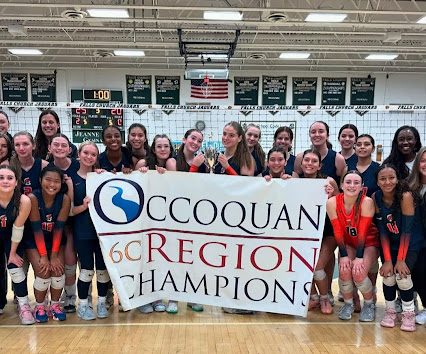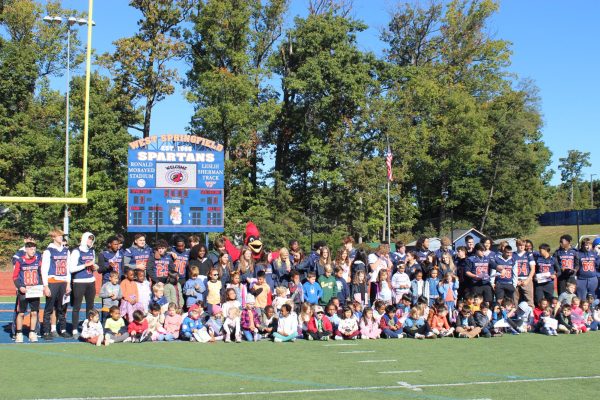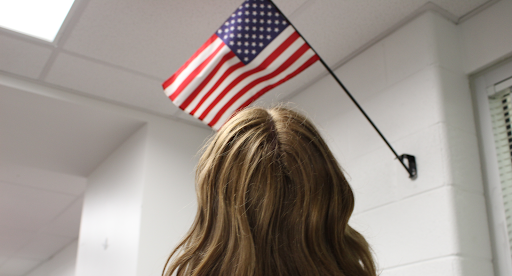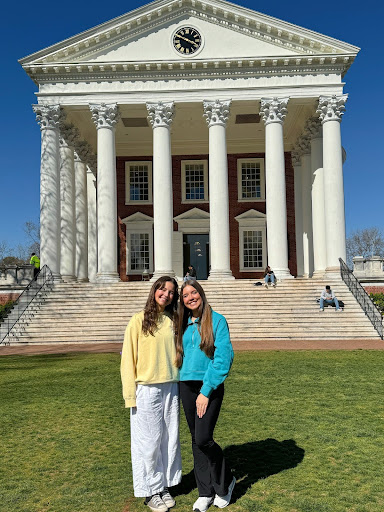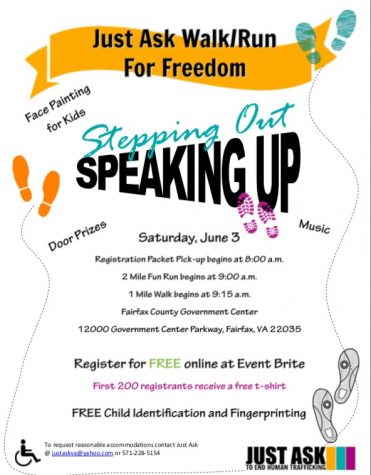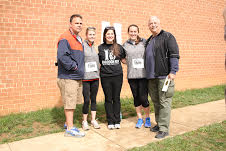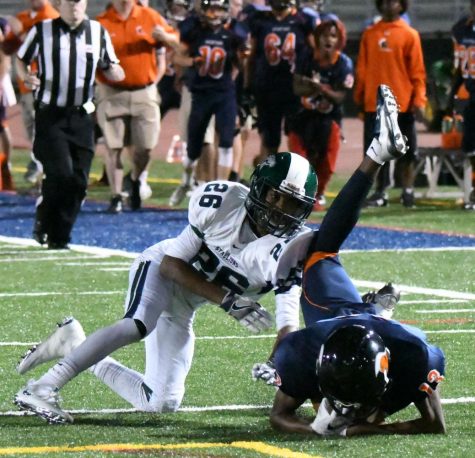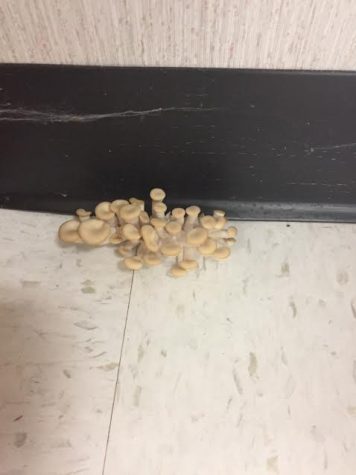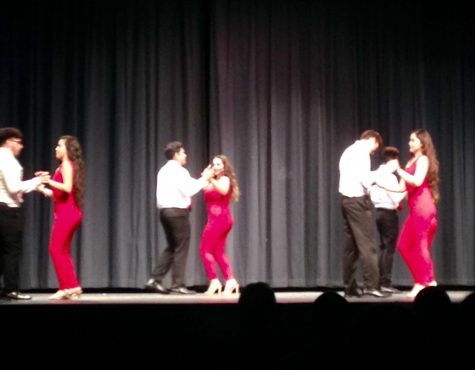Baltimore: Racial tension raises conversation close to home
At the end of April, several Baltimore neighborhood went up in flames.
Residents were protesting the death of Freddie Gray while in the custody of the Baltimore police.
Four hours later, one neighborhood in Baltimore went up in flames.
While peaceful protests were organized to challenge Gray’s arrest and the injuries he sustained, the situation quickly escalated after Gray died. day. Rocks and bricks replaced words as the protests grew.
The standoff between the police force and the rioters, a divide commonly viewed as a racial separation between whites and blacks, is not news. Since the events of Ferguson, Mo., in August 2014 and the ensuing protests, attention to this issue has peaked in the media. The past 10 months of news coverage has depicted shootings and protests that have fueled the fire of the racial issues still prevalent in the US. Some say it seems the nation has regressed to a point of history that mirrors that of the Civil Rights movement, which shed light on racism in the US more than half a century ago.
Safety & Security Specialist Jesse Langley knows about volatile situations such what happened in Baltimore. He worked as a DC cop for almost 25 years and knows what it’s like to face racism, even within the police department.
Langley, who joined the Metropolitan DC Police Department in the 1970s, said the city’s law enforcement department went out searching for people of diverse backgrounds willing to work as police officers in an attempt to eliminate racism within the force and Langley accepted the challenge.
“We had to experience real racism,” said Langley. “When I first came to [the police force], you had to be very careful.”
During the early 1970s, the nuber of black policemen began to increase. These officers were also beginning to be promoted to higher positions within law enforcement, making headway in bridging the gap of race in the force.
To further this progress, a program called The Emerging Role of the Police Officer was put in place in an attempt to increase understanding of racism that was so prevalent both within the force and in the field.
“They showed us pictures and explained to whites and blacks the process of diversity and discrimination,” said Langley.
Langley served on the police force for almost 25 years. He witnessed the efforts the DC police force made to close the racial gap following the Civil Rights movement, and is now witnessing a nation undergo similar protests for justice.
“I never would have thought that now they’d be having the some of the issues they had back in the sixties,” said Langley.
Rioting and protesting are not to be confused. The former typically uses violence and the latter traditionally is associated with peaceful objection; both consumed Baltimore for days. People nationwide began to notice the issues being brought into the lime-light by the communities in Baltimore.
“The riots are a way people get their voices heard,” said junior Jumana Ali. “When people speak, when they talk calmly, they get overlooked.”
The rioting is certainly being noticed, but not everyone agrees that it is the right way to go about demonstrating the injustices the Baltimore community feels it has experienced with the loss of Freddie Gray.
Joe Plazio, our School Resource Officer, shed light on how the police community feels about the events that have taken place over the last year, which have challenged the ways police officers do their jobs.
“As a police officer you try to be observant anyway, but [these events] change you to be more observant,” said Plazio. “I do what’s right versus what’s wrong and I’m not going to change that.”
Being a police officer requires a great deal of judgment while working, with decisions often being made in a split second.
As police brutality is under scrutiny by the public, analyzing the basis of action, the law, is imperative. Rioting is defined as “a noisy violent public disorder,” and certainly fits the bill for describing the burning of cars and buildings in the Baltimore area.
“There is a difference between protesting, rioting, and looting,” said Plazio. “As long as you are doing it peacefully with the letter of the law, that’s not an issue. But that’s not what is going on in Baltimore.”
The rioting in Baltimore has come to an end,but the impact of recent actions did not disappear. People in Boston, New York, and DC organized marches in honor of Gray.
“Just because you have one or a few officers that do something wrong doesn’t mean every officer is wrong,” said Plazio. “It doesn’t make the whole law enforcement wrong.”

